Sony Cyber-shot DSC-T100 Review
Sony Cyber-shot DSC-T100
Is Sony's flagship compact camera worth the asking price?
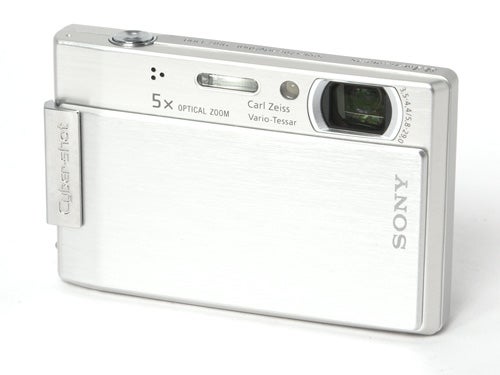
Verdict
Key Specifications
- Review Price: £240.00
Despite the fact that it is one of the most prolific manufacturers of digital cameras, with a very significant share of the market, for some reason Sony often seems reluctant to send me compact cameras for review. The last time I got to take a look at one was the Cyber-shot DSC-W70 almost six months ago. I don’t understand, it’s not like I slated it or anything.
Well after some pestering and persuasion I’ve finally got them to send me another one, this time it’s the Cyber-shot DSC-T100, the 8.1-megapixel, 5x zoom flagship of the T-series pocket compacts, which was launched in February this year. Perhaps if I say nice things about it, they’ll send me another one soon.

I’ll certainly be happy to start off that way, because the T100 is a very nice looking camera. The front features a large sliding cover over the lens, flash and AF assist lamp, leaving it a plain sheet of shiny brushed aluminium (although it’s also available in black). Turning to the back we find a very large 3-inch 230k LCD monitor and a minimal selection of nicely styled controls. There are a couple more buttons on the top plate, but the overall impression is of elegant simplicity.
There’s nothing delicate about it though. The case is made from aluminium, the monitor has a scratch-resistant coating, and although it is quite a slim camera (91.8 x 59.2 x 22.3mm) it feels quite solid and weighty. With battery and card fitted it tips the scales at 172g, so it’s not going to blow away in a breeze.
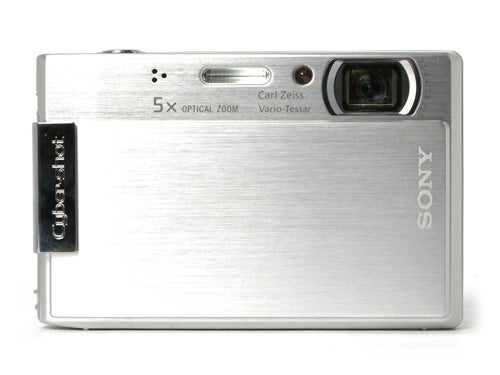
The resolution and zoom power of the T100 put into the top bracket of performance compacts, alongside cameras such as the Casio EX-V7 that I reviewed last week, or the Ricoh Caplio R6 and Panasonic Lumix TZ2. It is an expensive camera compared to these models though, currently retailing at around £240. Considering that it doesn’t have any of the manual exposure options of these competing models that’s a lot of money for a point-and-shoot compact. It does have some interesting features though, including a Carl Zeiss branded lens, 3200 ISO maximum sensitivity, Sony’s Super Steady Shot CCD-shift anti-shake mechanism and DRO (Dynamic Range Optimiser) exposure adjustment system as seen in the Alpha A100 DSLR, and the ability to output images in 1080 HD format for display on high-definition televisions. It can play back images as a slide show with music accompaniment, and record MPEG movies in VGA resolution with mono audio.
As I’ve mentioned before, I don’t usually like the sliding-cover design for compact cameras, but the cover on the front of the T100 is sprung and reasonably stiff, so it’s less likely than most to come open in your pocket. The cover acts as a power switch, but the camera also has a power switch on the top panel. I guess it’s there so you can use the camera as a picture viewer with the lens cover closed.
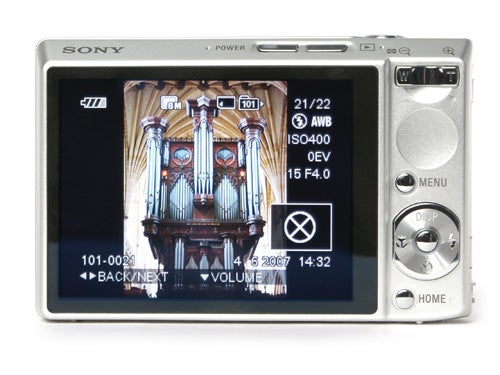
The T100 has decent performance. It starts up in a little over two seconds, which is reasonably quick for a high-spec camera, and in continuous shooting mode it can take pictures at a very brisk two frames a second and apparently keep this rate up until the card is full. The 5x optical zoom lens is not stepped, and the zoom control is proportional, meaning that it is possible to make very precise adjustments to the zoom setting. Tap the button and it moves just a little, but hold it down longer and the zoom speeds up. The optical zoom can also be used when shooting movie clips.
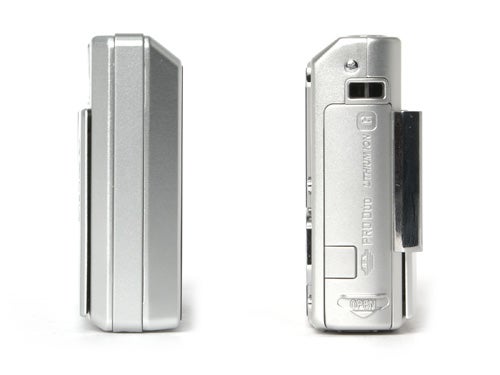
I particularly like the menu system, which is one of the clearest and simplest I’ve ever seen. For every selection there is an explanatory note describing the particular mode and what it can be used for, which is very helpful for inexperienced users. The T100 has three main shooting modes: full auto for speed and simplicity, a range of scene modes, and a program auto mode which has a surprisingly complete list of options, including three auto bracketing settings, several colour modes, three metering modes, a useful selection of focus modes including distance pre-sets, and adjustable flash output.
The autofocus system is also very good, with a wide area and multiple focus points. It is nice and quick in good light, and although it slows down a bit in low light it still focuses reliably even in complete darkness, thanks to a bright orange AF assist lamp with a range of several meters. Flash output is good too, with excellent frame coverage and a range of 3.7m at wide angle and 2.9m at telephoto.
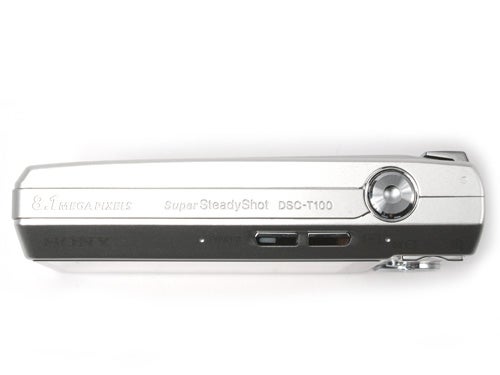
The camera is powered by a large Lithium-ion battery, which as usual Sony has rated in a non-standard way (they just love to be awkward). Everyone else in the whole world rates rechargeable batteries in milliamp-hours, or mAh. Sony however rates its batteries in Watt-hours, and the one in the T100 is 3.4Wh. Fortunately I did physics at school, so I know that watts = volts x amps, and the battery is rated at 3.6 volts, therefore it’s a simple calculation to find that this is equal to 944mAh. Sony claims that this is good for 340 shots per charge, and I’d say that my experience using the camera bears that claim out.
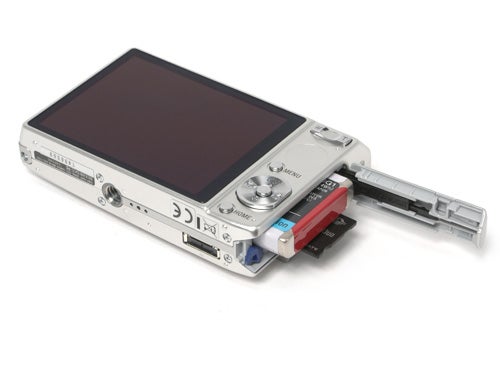
Image quality is where the T100 justifies its hefty price tag. The Carl Zeiss lens lives up to its prestigious name, providing superb detail with minimal wide-angle distortion, and some of the best edge and corner sharpness I’ve seen from a compact camera. The overall level of detail is very good, nearly as good in fact as the Fuji F40fd that I reviewed earlier this week. Colour reproduction is also very good, and the DRO system provides shadow detail in areas that most other cameras would miss. Image noise control is also very good, again almost up to the standard of the F40fd at ISO settings up to 800, however at 1600 and 3200 I found that the colour balance of the shot was seriously distorted, with a nasty green tint appearing over a large portion of the image. The 3200 ISO setting was also quite noisy, although I have to say that I’ve seen a lot worse.
”’Verdict”’
The Sony Cyber-shot DSC-T100 is an expensive camera for a relatively simple pocket compact, but it justifies its price with excellent build quality, elegant design, above average performance and superb image quality. It is an outstanding all-round snapshot camera, and if you can afford it you won’t be disappointed.
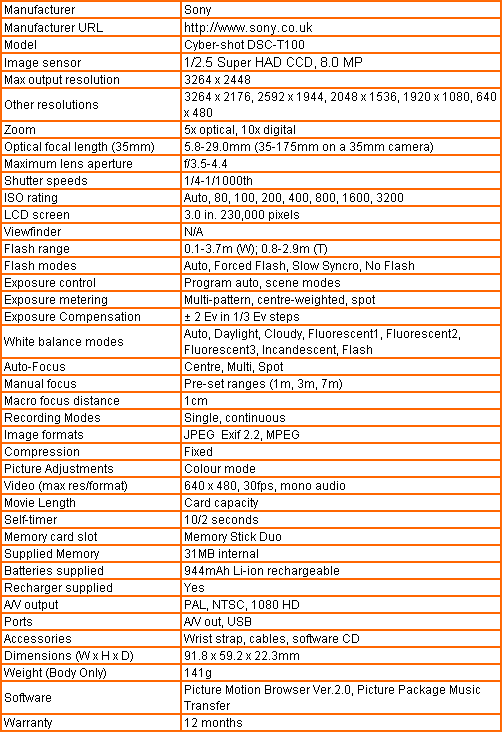
”A range of test shots are shown over the next few pages. Here, the full size image at the minimum ISO setting has been reduced for bandwidth purposes to let you see the full image, and a series of crops taken from original full resolution images at a range of ISO settings have been placed below it in order for you to gain an appreciation of the overall quality.”
—-
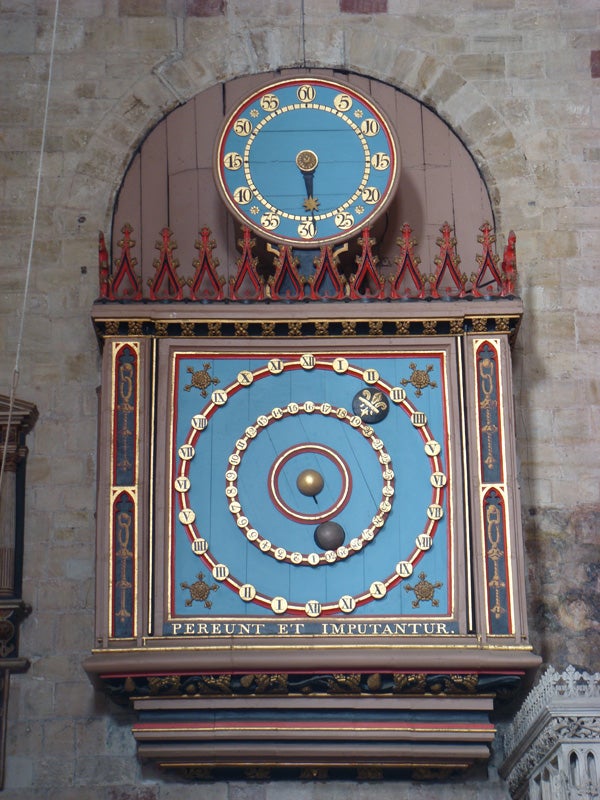
—-
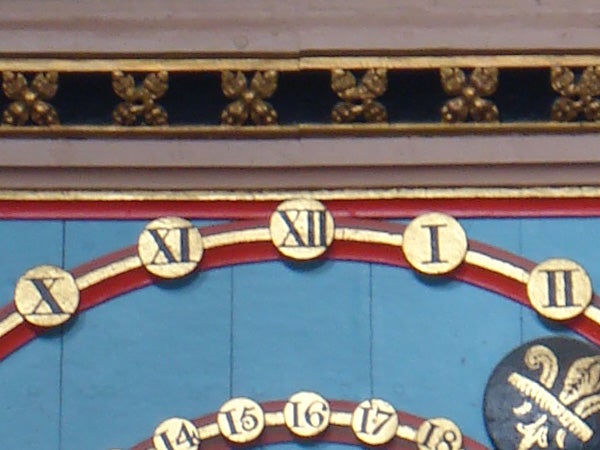
Image quality at 80 ISO is superb, with sharp detail and no noise.
—-
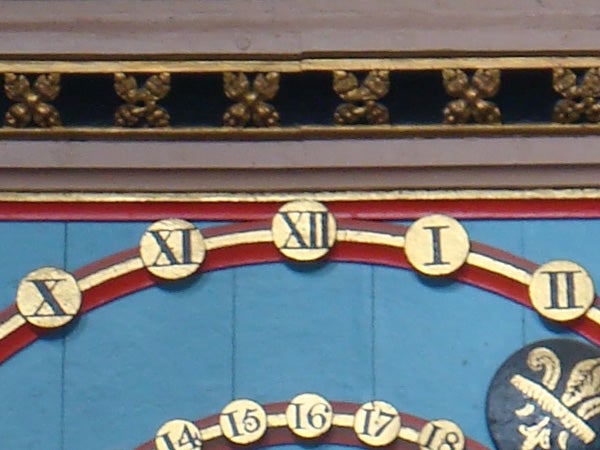
Likewise at 100 ISO.
—-
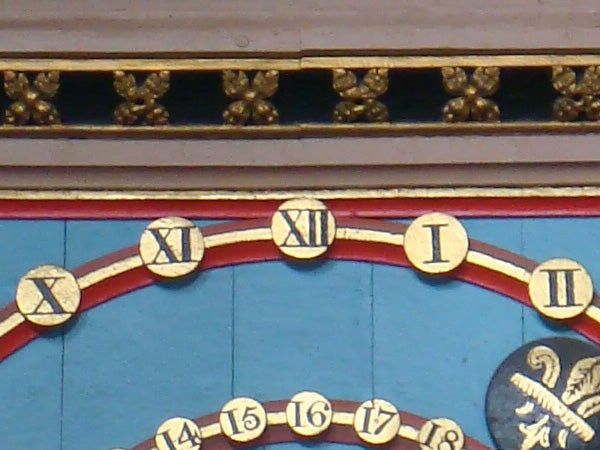
At 200 ISO the quality is still extremely good.
—-
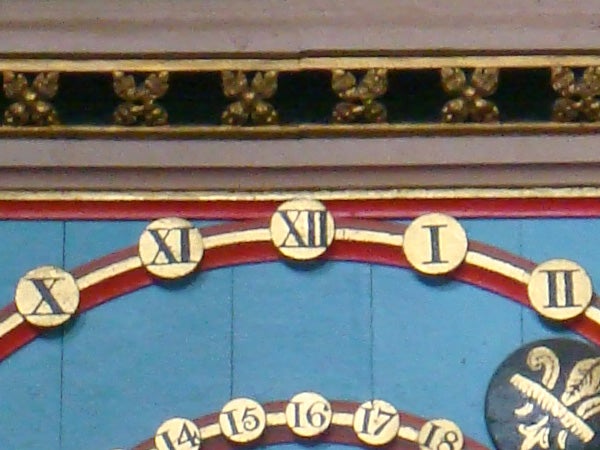
400 ISO and it’s looking like Fujifilm may have a rival.
—-
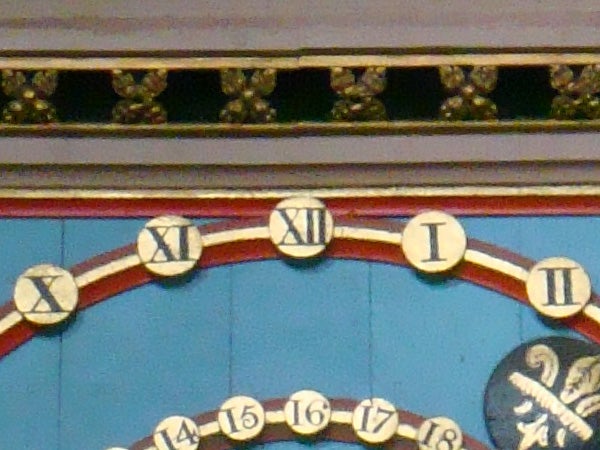
There is some image noise visible at 800 ISO, and some colour spekling in the darker areas.
—-
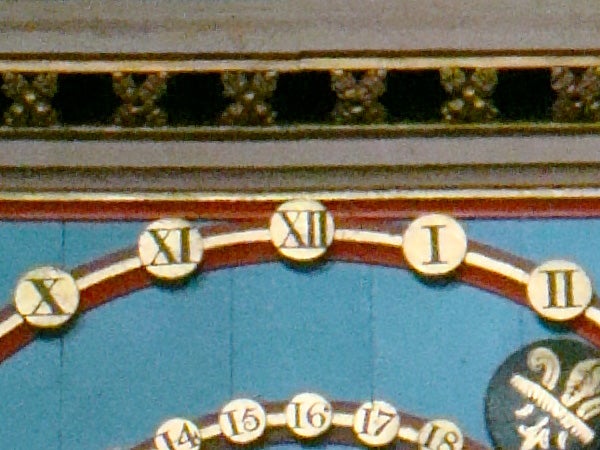
At 1600 ISO the noise is reasonably well controlled, but there is a nasty colour cast appearing in some areas of the image.
—-
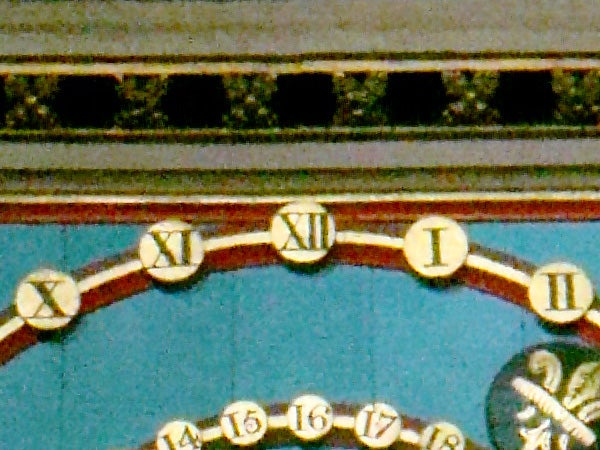
At 3200 ISO the colour balance is distorted and the colour cast is much worse.
—-
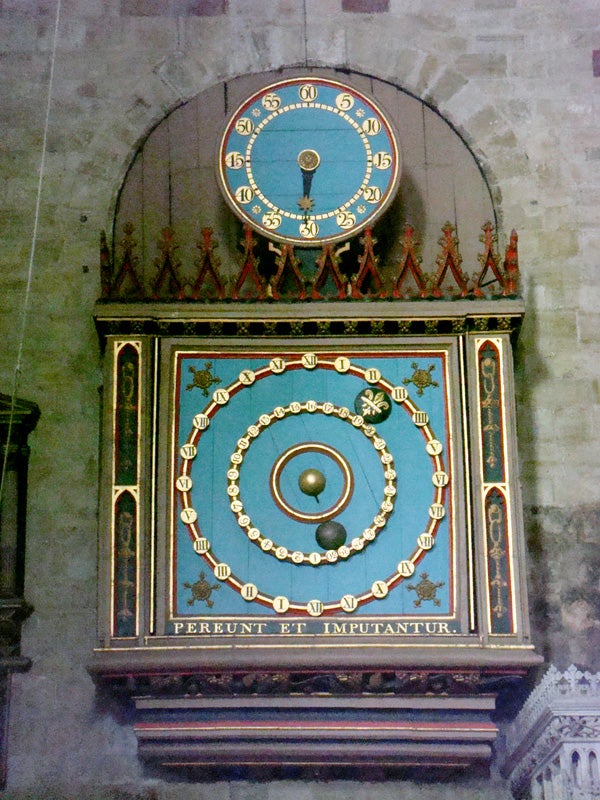
I’ve included this full-frame 3200 ISO shot to show the extent of the colour distortion at this setting.
—-
”A range of test shots are shown over the next two pages. Here, the full size image has been reduced for bandwidth purposes, and in some case a crop taken from the original full resolution image has been placed below it in order for you to gain an appreciation of the overall quality.”
—-
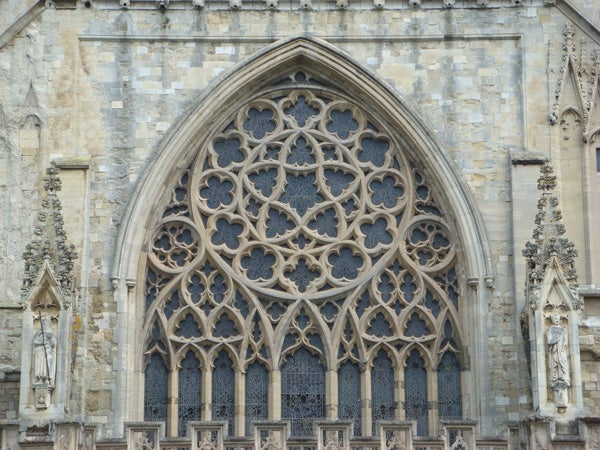
Here’s usual detail test shot. See below for a full res crop, or click to see the whole picture.
—-
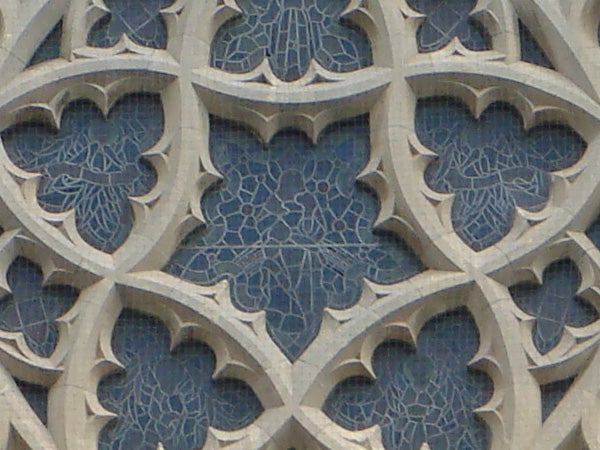
The Carl Zeiss lens provides excellent detail, better than some 10MP cameras.
—-
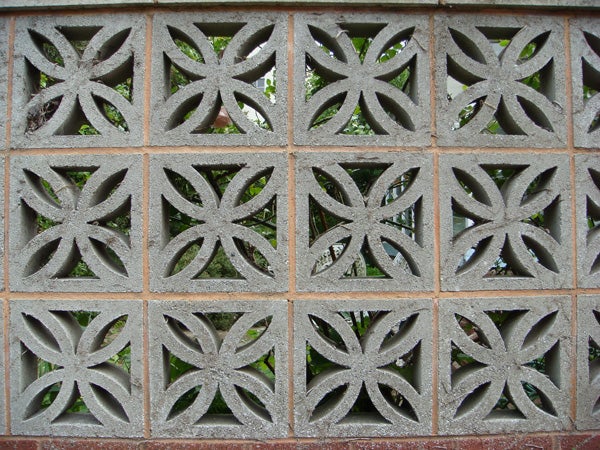
There is some distortion at the wide-angle setting, but it’s not too severe considering the compact size of the lens.
—-
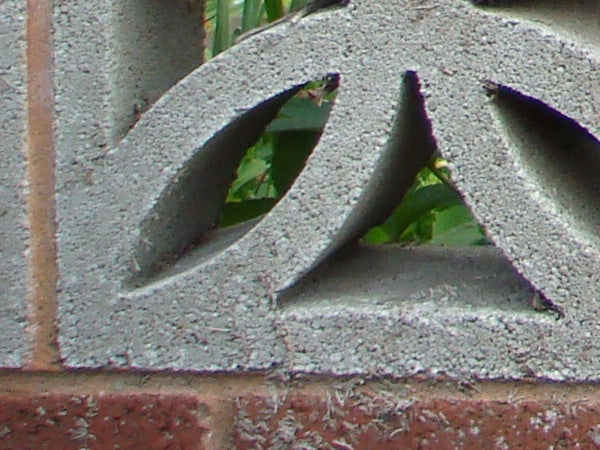
This corner crop from the image above shows the excellent corner sharpness.
—-
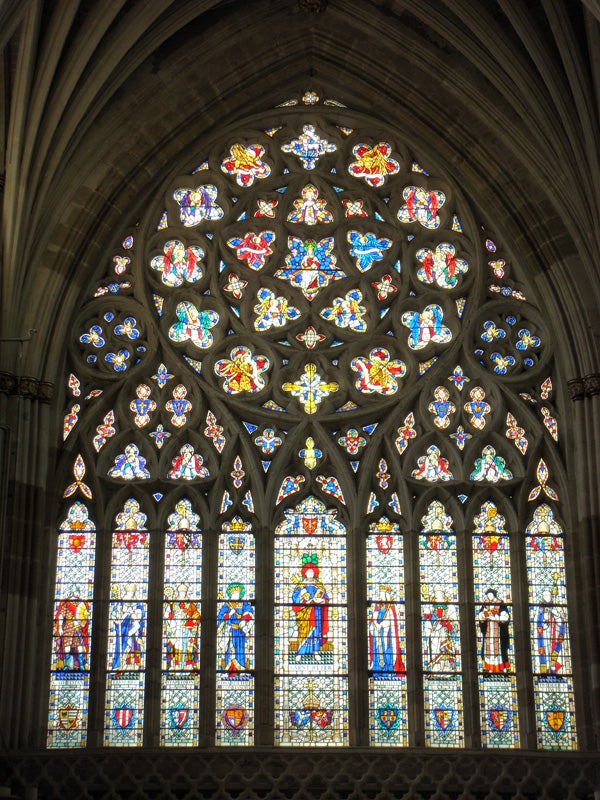
The DRO (Dynamic Range Optimiser) system shows up shadow detail in areas that other cameras would miss. Compare this shot with the similar one in the review of the Fuji F40fd.
—-
”A range of test shots are shown over the next two pages. Here, the full size image has been reduced for bandwidth purposes, and in some case a crop taken from the original full resolution image has been placed below it in order for you to gain an appreciation of the overall quality.”
—-
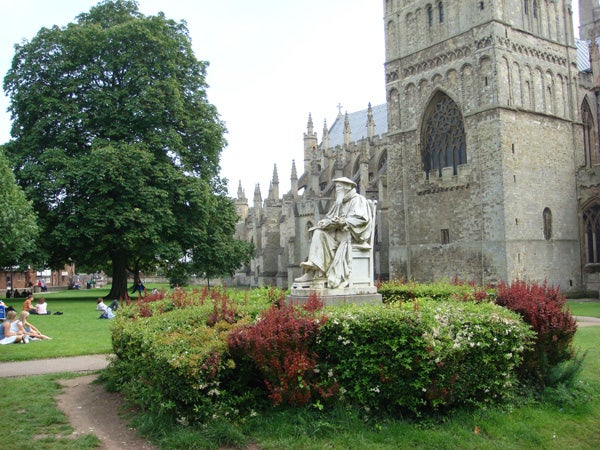
The wide end of the zoom range is equivalent to 35mm, pretty wide for a compact.
—-
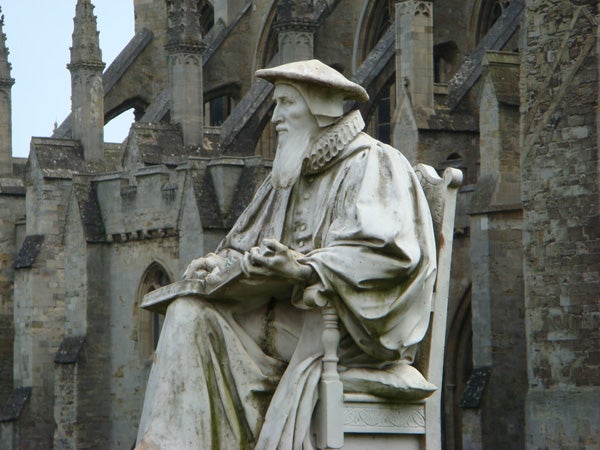
The 135mm-equivalent telephoto end of the 5x zoom enables the T100 to pick out details in a scene.
—-
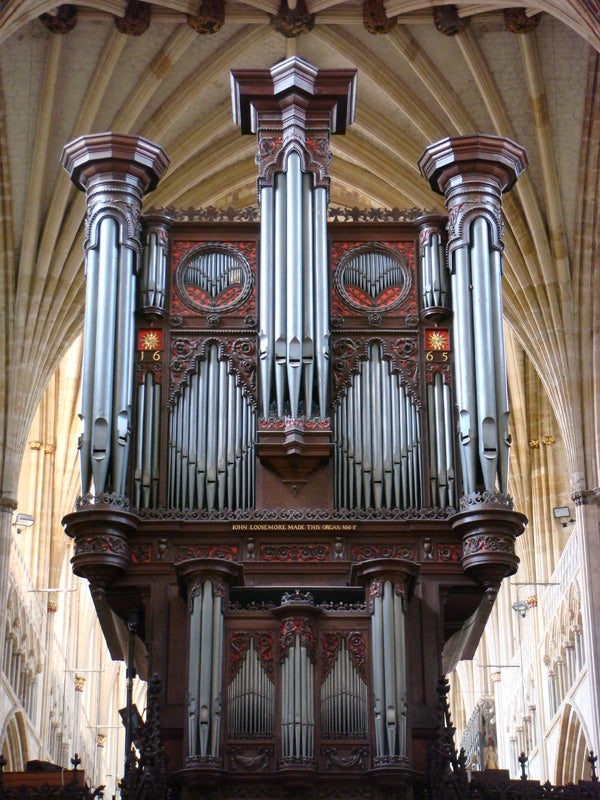
The DRO system and good low-light focusing make the T100 a good camera for indoor flash-free photography. Insert “large organ” joke here.
—-
Trusted Score
Score in detail
-
Value 7
-
Image Quality 9
Features
| Camera type | Digital Compact |
| Megapixels (Megapixel) | 8.1 Megapixel |
| Optical Zoom (Times) | 5x |
| Image Sensor | CCD |
| Image Stabilisation | Optical |
| LCD Monitor | 3 in |
| Flash modes | Auto Flash, Red-eye Reduction |
| Video (max res/format) | 640 x 480 |
| Memory card slot | Memory Stick Duo, Memory Stick PRO Duo |

